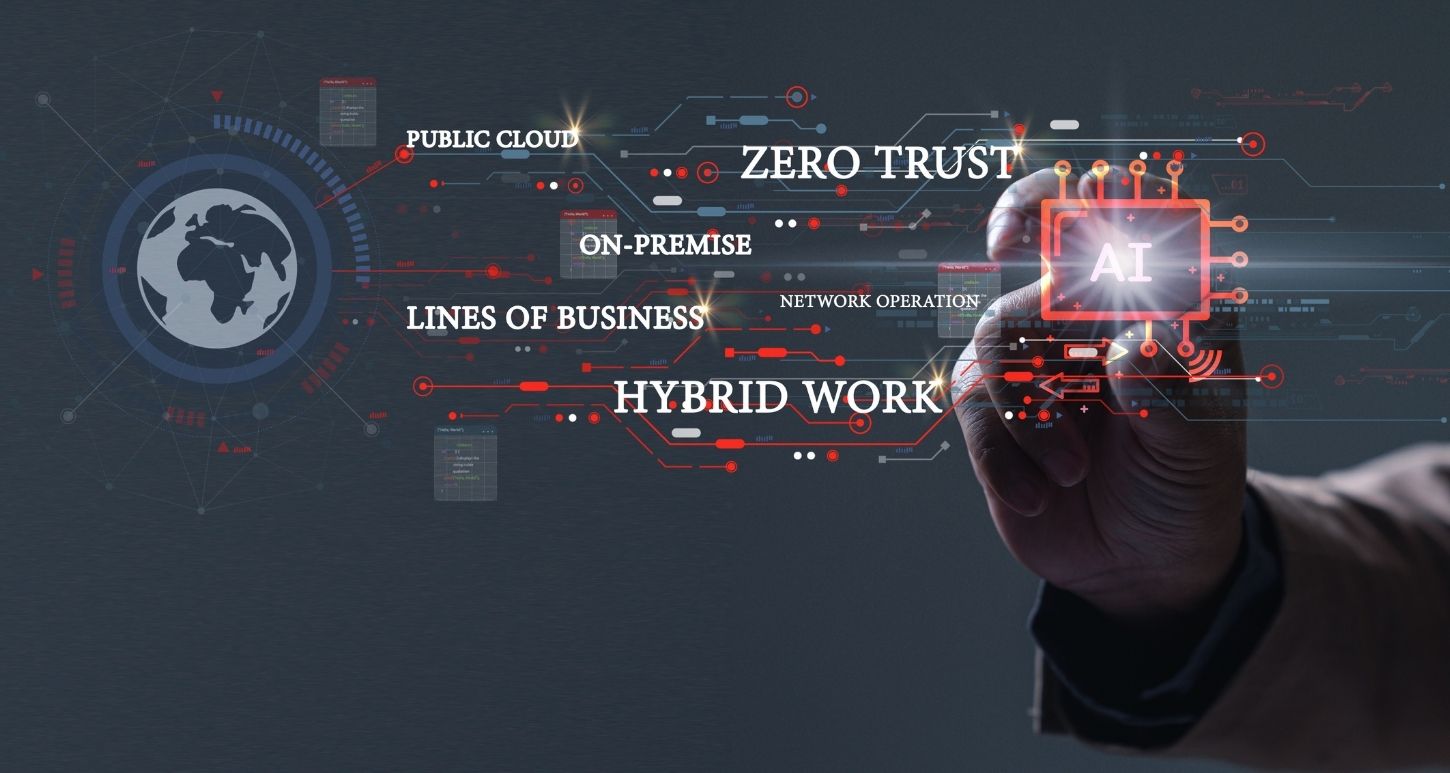By Richard Arneson
It’s big. It’s sweeping across college campuses. It’s the new rage. No, it’s not a band, a movie or some nonsensical fad, it’s…supply chain. While it may not be offered at liberal arts colleges, if a school offers a business degree you can count on supply chain classes being filled to the brim. It’s quickly pushing marketing, finance and management to the side and becoming THE business degree to earn. My son, who’s a senior in college, has five (5) roommates; three (3) of them are getting a degree in Supply Chain. Oh, and they all have very good jobs lined up when they graduate in five (5) months. Yes, supply chain is big, and rightly so.
Supply chain is simply how a company works with its suppliers to ensure products get to consumers quickly and efficiently. And, of course, it brings revenue to a company and its suppliers faster, so their money can be making them money sooner. While the words Supply Chain to describe the aforementioned were coined approximately 35 years ago, it’s been around as long as vendors have offered products made by somebody other than themselves. It chains together all individuals or companies that help bring a product to market, from the rawest of materials to the finished, consumer-ready product.
Supply Chain, meet Digital Transformation
Digital transformation may be to the IT world what supply chain is to the business world. Everybody wants digital transformation (some want it but don’t know exactly why), but both it and supply chain deliver, if done well, the same thing―a competitive advantage in the marketplace. In industrial environments, where extraordinary amounts of information and traffic need to reach a highly mobile workforce, it’s especially effective.
By digitizing warehouses and distribution facilities, costly, time-consuming manual errors can become a thing of the past. Siloed operations and processes mean poor system integration, which can result in losses of revenue and customers. IoT assets in the form of sensors and cameras can help monitor operations and protect against theft and loss, and cybersecurity measures can protect sensitive customer, supplier and company information.
By connecting warehousing equipment and systems, such as sensors, smart mobile devices, automated sorters and conveyors, and security systems, companies can stay on top of operations and warehouse systems. Also, they can access key data and information from a variety of sources to help develop solutions to address any issues that are brought to light. And maintenance of equipment can be monitored to ensure operations run smoothly and continue to do so in the future.
And once products leave the warehouse, shipments and fleets, such as delivery trucks, are more easily and accurately managed.
Now step from the warehouse and into the store. Yes, retailers have taken big hits over the past few years thanks to online shopping, but they, too, are enjoying the rewards of digital transformation. For retailers, those rewards are coming in the form of collected data, which, when utilized, can help them make insightful, customer-centric decisions. For example, is there a need to offer new or additional product lines? Are shoppers’ in-store needs being met? Retailers that are successfully enjoying digital transformation have become less about products and more about the customer.
Questions about your digital transformation journey?
For more information about how your organization can develop or enhance its road to digital transformation, call on the expert solutions architects and engineers at GDT. For years they’ve been helping customers of all sizes, and from all industries, realize their digital transformation goals by designing and deploying innovative, cutting-edge solutions that shape their organizations and help them realize positive business outcomes. Contact them at SolutionsArchitects@gdt.com or at Engineering@gdt.com. They’d love to hear from you.




